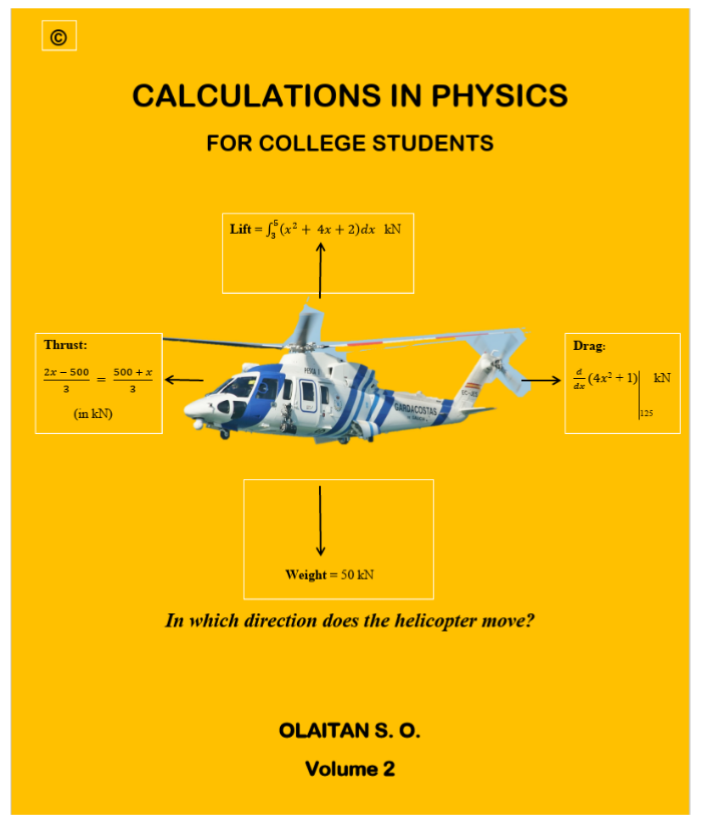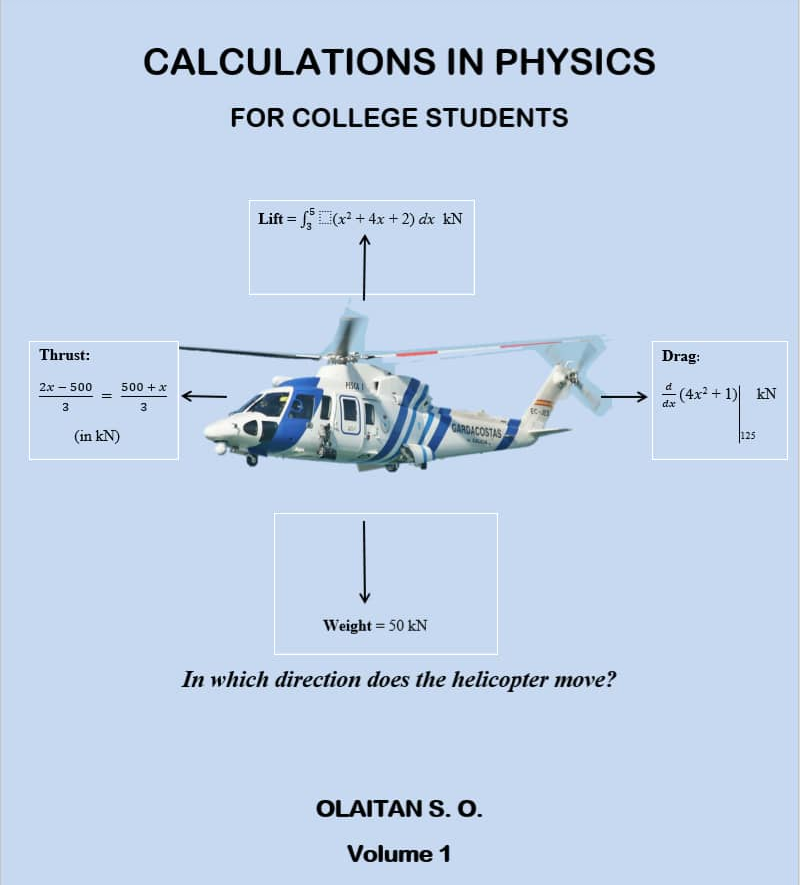
Firstly, an eagle’s bones are generally hollow and light in weight like other birds. Mass of an eagle ranges between 3kg and 9kg, depending on the type of eagle. The bone mass of an eagle is incredibly small when compared to its entire mass. Taking Bald eagle for instance, its bone mass constitutes about 5 to 6 percent of its total body mass. The feathers are light, flexible, strong and waterproof.
Eagles have majestic wingspans. Steller’s sea eagle, for instance, has a wingspan ranging 2 to 2.5m. For lift to take place, an eagle spreads out its wings and pushes the air down with the wings. It has very powerful muscles to achieve this. Spreading out the wings would cover large surface area and large volume of air would be pushed downwards when the eagle pushes down the air with its wings.
By the Newton’s 3rd law of motion, the air pushes the wings upwards. The ratio of the mass of the eagle to the volume occupied (mass/volume = density) in this position would be very low. With all these, the eagle achieves lift easily.
During the downward stroke, the eagle pushes down the air with its wings. However, during the upward stroke, the eagle moves its wings in a way and manner to avoid pushing up the air.
This principle is the same for the flight of birds in general.
Watch the video of flight Osprey below:
Video Credit: Maramedia
Photo Credit: granitegreek.concordmonitor.com































